Wind the clock back a decade and the City on a weekend was a desert: nowhere to eat, nowhere to drink. That now (happily) has changed and after I emerge from my Sunday lunch at New Street Grill via a cocktail at Old Bengal Bar, I can't help but feel I've stumbled upon a great secret. There are three criteria in our view for the big thumbs up when we write up a visit to a place: the quality of what they serve, the quality of the service and the atmosphere. Old Bengal Bar ticks all three boxes and while I'm sure the bar is rammed on a weekday as local knowledge of the Bishopsgate crowd comes in to play, on a weekend, tourists can easily walk by New Street without ever realising it's there; even I didn't know (properly) the offering until today.
This visit to Old Bengal Bar was mid Sunday afternoon when I thought I'd stop by for a drink after my meal next door before heading home. There's an extensive drinks menu featuring both popular and somewhat more esoteric cocktails. The charming and lovely Peter is behind the bar making your drink while Sebastian, their house DJ, lends atmosphere with music pitched perfectly for the room (and size of the room). I got chatting to both during my brief time there because Old Bengal Bar is an inherently friendly place where you feel like the staff have embraced you stopping by. You can discuss, as I did, what whisky you should have in a Whisky Sour (I chose Lagavulin 16 year old if you're wondering), or request what music you want to hear. It's a cliche to say that it felt like home, but it really did, it was that comfortable.
Sundays are difficult days, we've perpetually struggled across London for a good lunch, too many places are closed and too many places seem too run of the mill to want to spend time in. I left Old Bengal Bar happily thinking I could spend 52 Sundays a year there. If it weren't for the fact they close at 4pm on a Sunday, I might never have written this blog, for I might still be there. But sitting at home just a few hours later, because of Peter and Sebastian, I feel I've had the most magical Sunday. Not many places can achieve that, that's special. Old Bengal did. What to say? Cheers fellas.
This visit to Old Bengal Bar was mid Sunday afternoon when I thought I'd stop by for a drink after my meal next door before heading home. There's an extensive drinks menu featuring both popular and somewhat more esoteric cocktails. The charming and lovely Peter is behind the bar making your drink while Sebastian, their house DJ, lends atmosphere with music pitched perfectly for the room (and size of the room). I got chatting to both during my brief time there because Old Bengal Bar is an inherently friendly place where you feel like the staff have embraced you stopping by. You can discuss, as I did, what whisky you should have in a Whisky Sour (I chose Lagavulin 16 year old if you're wondering), or request what music you want to hear. It's a cliche to say that it felt like home, but it really did, it was that comfortable.
Sundays are difficult days, we've perpetually struggled across London for a good lunch, too many places are closed and too many places seem too run of the mill to want to spend time in. I left Old Bengal Bar happily thinking I could spend 52 Sundays a year there. If it weren't for the fact they close at 4pm on a Sunday, I might never have written this blog, for I might still be there. But sitting at home just a few hours later, because of Peter and Sebastian, I feel I've had the most magical Sunday. Not many places can achieve that, that's special. Old Bengal did. What to say? Cheers fellas.
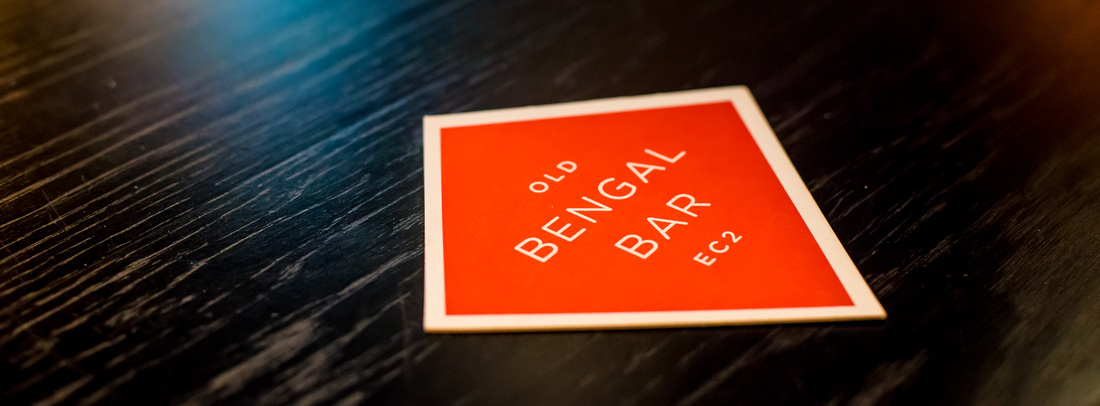
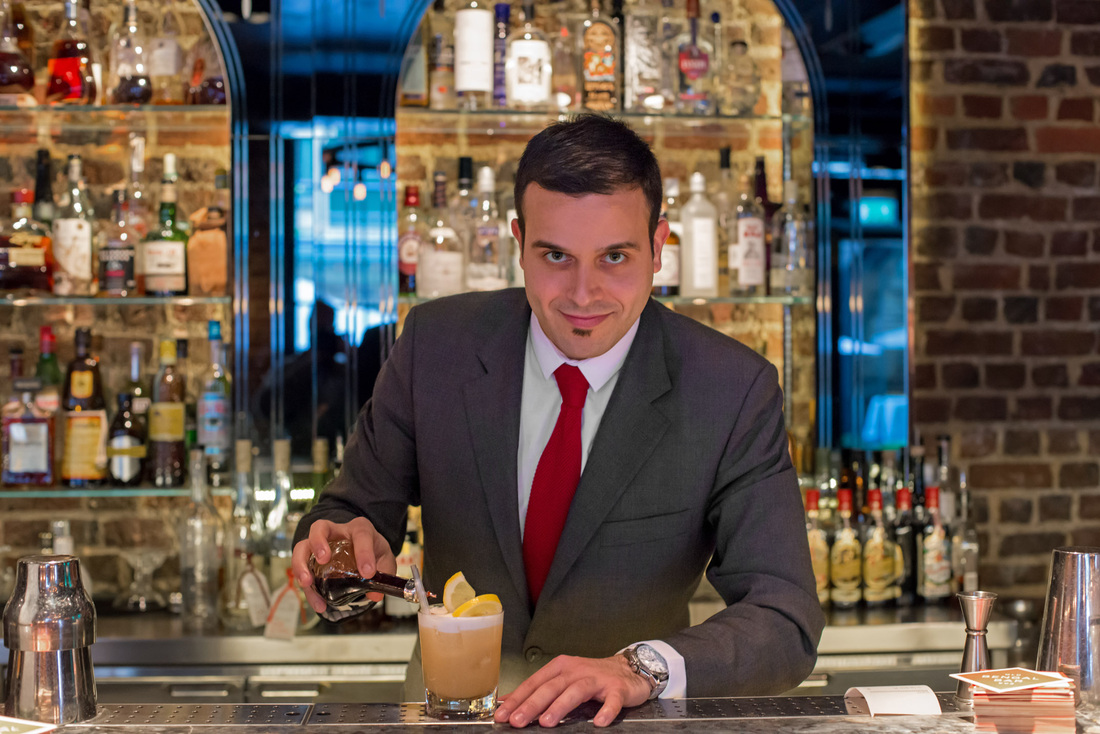
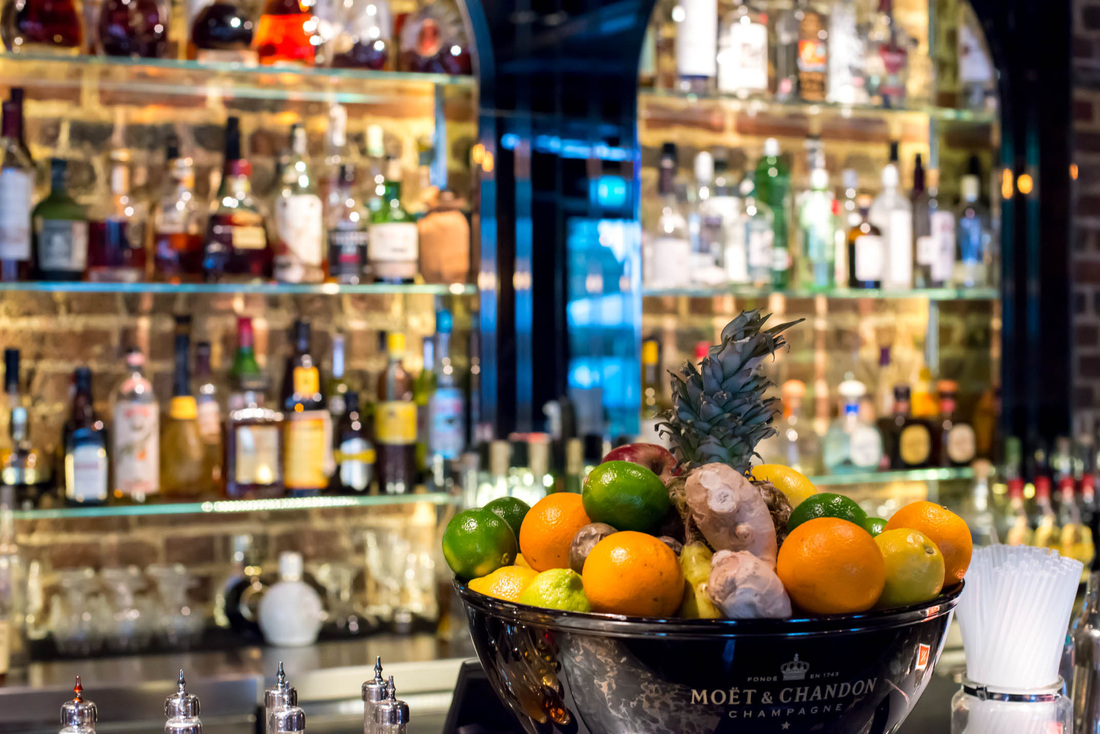


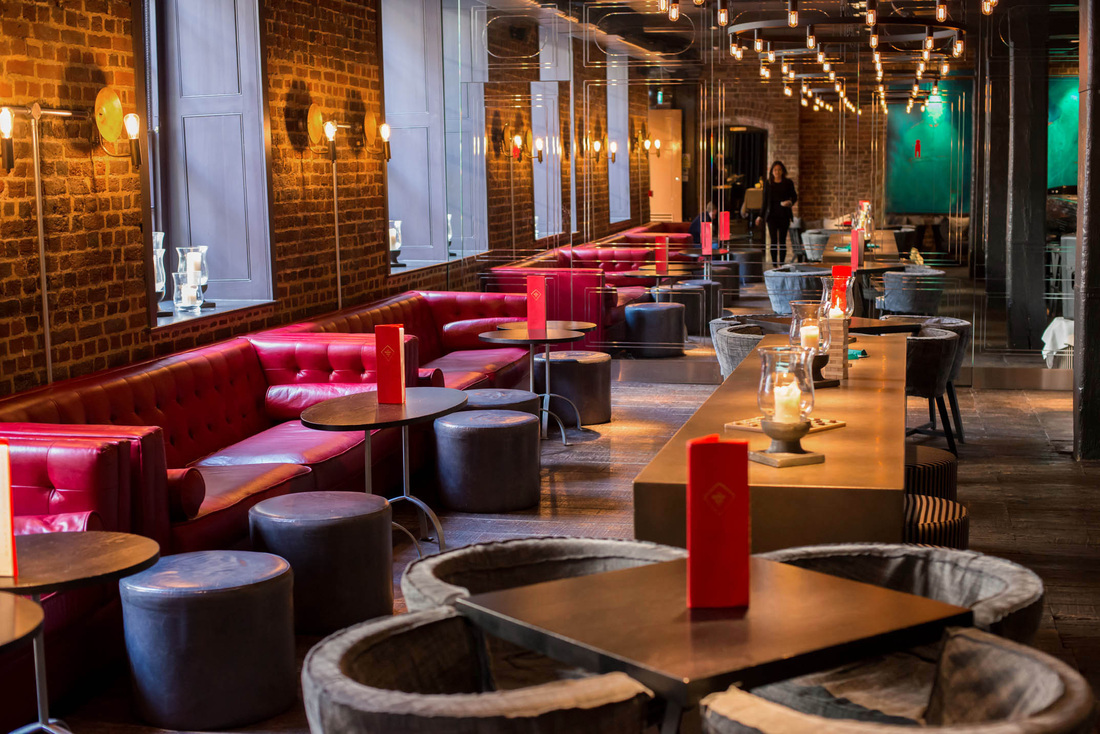
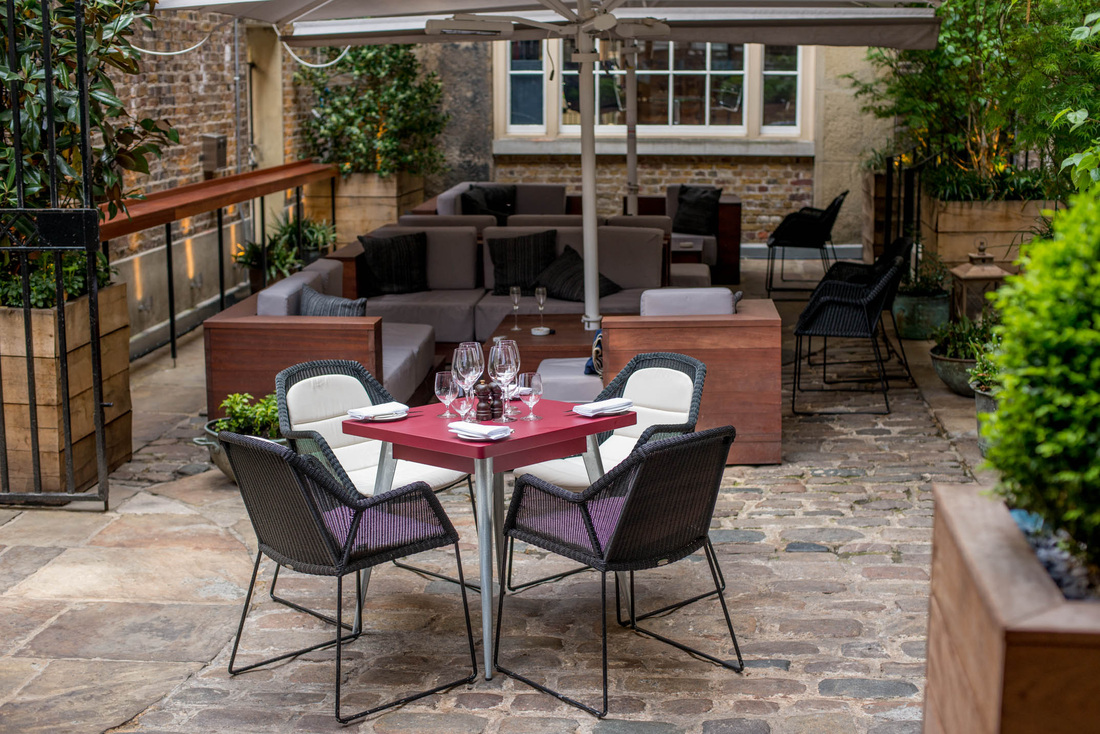

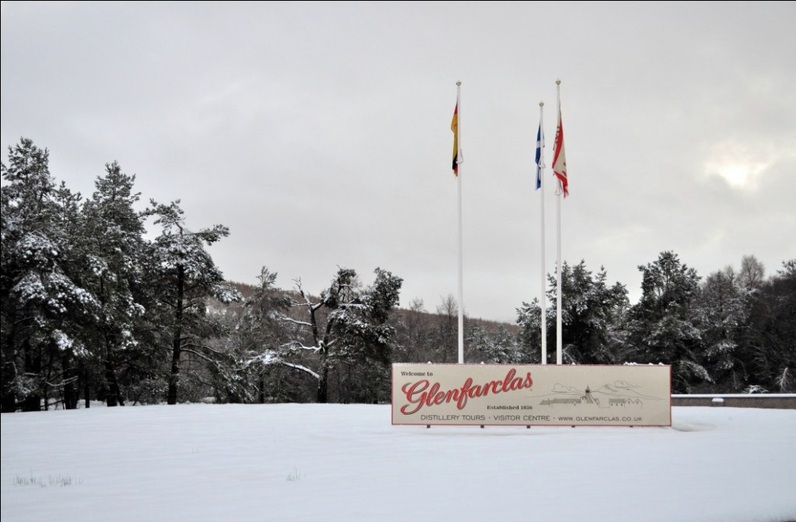































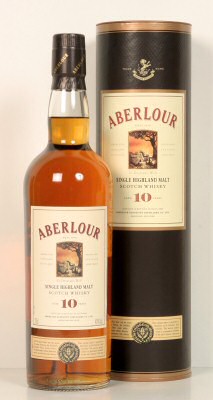


 RSS Feed
RSS Feed